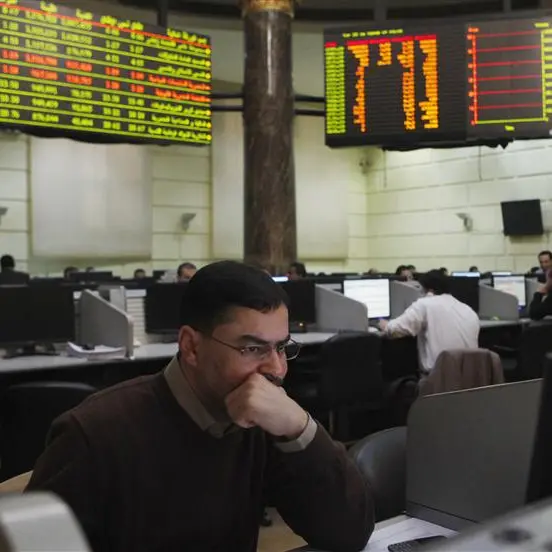PHOTO
Euro zone government bond yields rose to fresh multi-year highs on Thursday as inflation data released earlier this week boosted expectations that the European Central Bank might accelerate its tightening path.
Investors will focus on U.S. labour data releases, which may shape markets over the next two days, with potential upward pressure on real and nominal yields.
Possible robust data from the U.S. "will most likely be flanked by ongoing hawkish central bank rhetoric", Unicredit strategists said in a note to clients.
Germany's 10-year government bond yield rose 3 basis points (bps) to 1.231%, its highest since July 2014.
The 5-year and the 2-year bond yields hit respectively their highest since January 2014 and October 2011 at 0.951% and 0.59%.
Unicredit analysts also flagged that "Austrian governing council member Robert Holzmann (on Wednesday) again called for a faster pace of policy normalisation, arguing that 'the data over the summer now need to disprove the case for a 50bp hike early in this hiking cycle'".
Money markets are discounting 120 bps of ECB rate hikes by year-end from around 105 bps last week, including a 30% chance of an additional 25 bps move beyond the fully-priced 25 bps in July.
The European Central Bank's steps towards normalising monetary policy will bring it in line with market conditions, ECB chief economist Philip Lane said on Wednesday.
Italy's 10-year government bond yield rose 4 bps to 3.234%, after hitting its highest level since November 2018 at 3.263%.
The yield spread between 10-year Italian and German bonds widened to 203 bps.
"Although the hawks are upping the ante across jurisdictions Bunds have scope to stabilise with 10y yields near 8-year highs," Commerzbank analysts said in a note to clients mentioning the Bank of Canada's (BoC) rate decision on Wednesday and ECB's Holzmann remarks.
"The re-pricing of ECB-dated forwards already seems mature though: after markets quickly raised the terminal rate by 25bp to 1.50% in wake of the HICP prints," they added.
The BoC opened the door to a more aggressive pace of tightening, saying it was prepared to act "more forcefully" if needed to tame inflation, even as it went ahead with a historic second consecutive 50-basis-point rate increase.
"The BoC is not normally a leading indicator for the Fed," Moritz Paysen, forex and rates advisor at Berenberg said.
But "the Boc did something that cannot be ruled out for the Fed. It put a 75 basis point rate hike back on the table after seemingly taking it off the table a few months ago," he added.
(Reporting by Stefano Rebaudo; Editing by Christina Fincher)





















